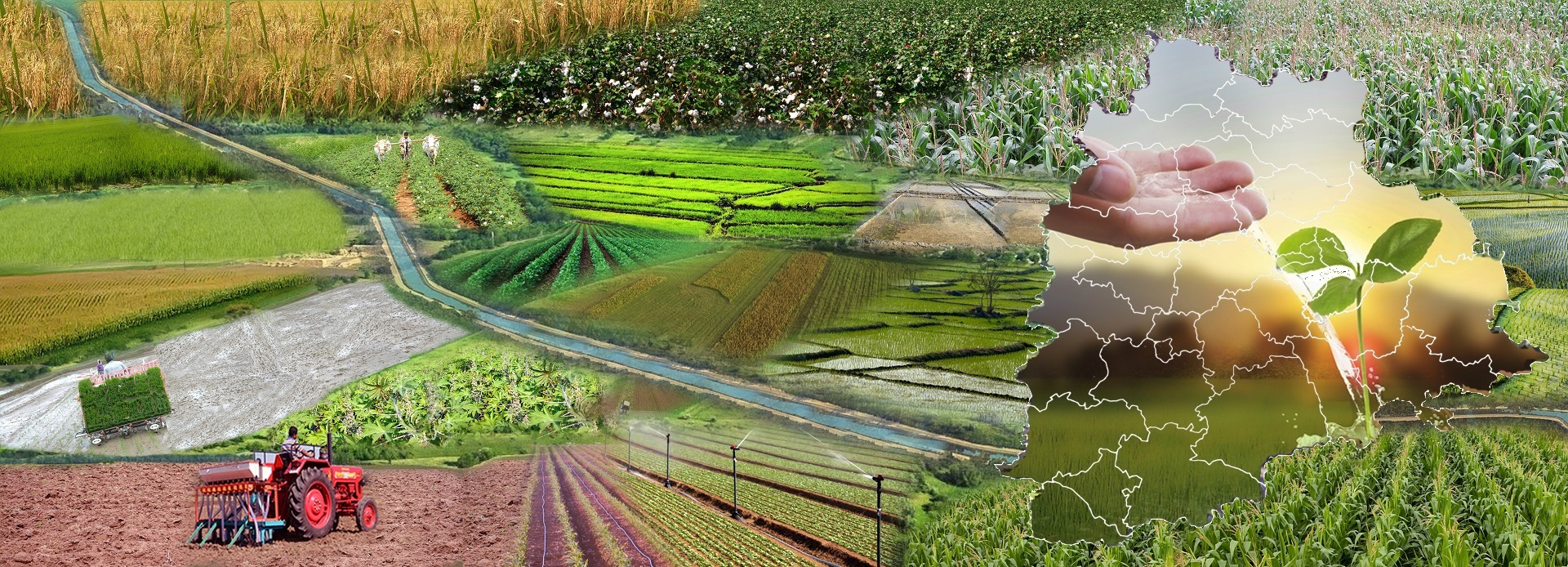



Received: 13-May-2022, Manuscript No. GJAEERD-22-63800(PQ); Editor assigned: 16-May-2022, Pre QC No. GJAEERD-22-63800; Reviewed: 30-May-2022, QC No. GJAEERD-22-63800(R); Revised: 12-Jul-2022, Manuscript No. GJAEERD-22-63800; Published: 01-Aug-2022, DOI: 10.15651/2408-5480.22.10.006
The agricultural landscape is the result of interactions between farming activities and the natural setting in an area. An agricultural system is an assemblage of components which are united by some form of interaction and interdependence and which operate within a prescribed boundary to achieve a specified agrarian ideal on behalf of the heirs of the system. This thing of sustainable agriculture and food systems is to meet society's food and fibre needs in a way that ensures clean air, water and thriving ecosystems for future generations. Combining ecological sustainability and profitable viability, the integrated beast farming system maintains and improves agrarian productivity while also reducing negative environmental impacts. Tilling enterprises include crop, beast, flesh, fish, sericulture etc. These Latin terms “ager” pertaining to the soil and “culture” to its cultivation. Agriculture is a broad term encompassing all aspects of crop product, horticulture, beast farming, forestry etc.
The future of farming and rural areas, and its role in sustainable development, is a content of on-going social, political, and scientific debate. Greater public concern with the significance of avoiding environmental problems related with farming conditioning, and the need for maintaining pastoral communities have presumably been the main driving forces in this matter. Thus, farming is, not only considered a provider of food and filaments, but there's also a growing social concern regarding its environmental, social, and territorial confines. Pastoral area multi-functionality arises as an unborn path for tilling systems with an emphasis on the product of applicable request goods and non-market or public goods and ecosystem services that are decreasingly demanded by the public. Among the public goods provided by tilling systems, we should consider how they've shaped the geography. Indeed, the advance of the agrarian frontier has replaced a wide variety of natural ecosystems and shaped different agricultural geographies in pastoral spaces. Reserves of natural systems using husbandry systems and the configuration of miscellaneous agrarian geographies were modifying the function, and accordingly the structure of agriculture worldwide, and thus sustainable provision for society, in terms of quantity and quality, of all these goods and services.
This situation has created pressures between the conservation of natural ecosystems, biodiversity, food product, mortal well-being and profitable profitability. In this environment, a new analytical frame is needed for designing agrarian, environmental, and pastoral development programs to promote sustainability and to maximize social welfare. For this special issue, we welcome conceptual and empirical studies to give possible results that minimize the adverse goods of this conflicting situation, and, ultimately, to alleviate the implicit goods of climate change. Agriculture and food systems are central to sustaining poor people's livelihoods and are technically capable of producing acceptable food for all, but they place major stress on environmental means including soils, water, fisheries and biodiversity. His describes the subsectors that make up agricultural food systems crops, beast, forestry, monoculture, and fisheries. Grounded on the relative cornucopia of land, labour, and capital, three broad agricultural food systems can be distinguished. Food systems at different scales that's global, indigenous, public and original. Example of original food systems include community supported agriculture, farmers markets and ranch to academy programs. They've been associated with the 100 mile diet and low carbon diet, as well as the slow food movement. The food sovereignty movement is also related to local food production. To be sustainable, agriculture must meet the needs of present and future generations, while ensuring profitability, environmental health, and social and economic equity. Useful interdisciplinary conceptual framework for research and policy aimed at sustainable solutions for the sufficient supply of healthy food.